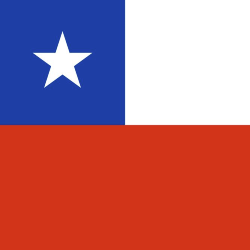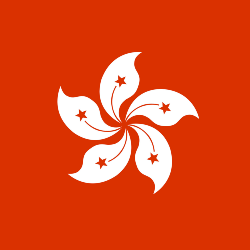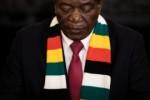Madrassah Education in Pakistan
Wtitten by: Fatima Saleem
Islamic seminaries, with their roots traced back to Islam’s early years, have been revered for imparting knowledge of law, sciences, and philosophy. With their rich historical significance, these institutions have played a vital role in Pakistan’s educational landscape, particularly in regions with limited outreach. However, post-9/11, Madaris came under intense national and international scrutiny. This analysis delves into the role of these institutions in Pakistan’s educational system and the challenges they currently face.
Pakistan has three streams of education: madrassahs, government, and private schools. There are 43,613 (14%) madaris teaching the Dars-e-Nizami curriculum out of 313,418 educational institutions in the country. Amongst these, 78% are run by private entities, while 22% fall under the public sector. The total enrolment of students between 5 and 25 years in these institutions stands at 4.6 million (8.5% of the total enrolment), of which 2.7 million are male and 1.9 million are female. Most madrassah students hail from rural areas, with more than 60% belonging to families with less than Rs. 30000 monthly household income below the national average. Therefore, madrassah education is vital in imparting free education to impoverished people.
Different sects run these madaris. Every sect has its organization, i.e., wafaq, tanzeem, or rabita, for curriculum development, examinations, and certification under the supervision of........






















 Toi Staff
Toi Staff Tarik Cyril Amar
Tarik Cyril Amar Jeffrey Bernstein Ph.d
Jeffrey Bernstein Ph.d Gideon Levy
Gideon Levy Maryam Aldossari
Maryam Aldossari Sabine Kinkartz
Sabine Kinkartz Jennifer Gerlach Lcsw
Jennifer Gerlach Lcsw Andrew Mitrovica
Andrew Mitrovica Tafi Mhaka
Tafi Mhaka Belen Fernandez
Belen Fernandez Maximilian Hess
Maximilian Hess Leonid Ragozin
Leonid Ragozin
